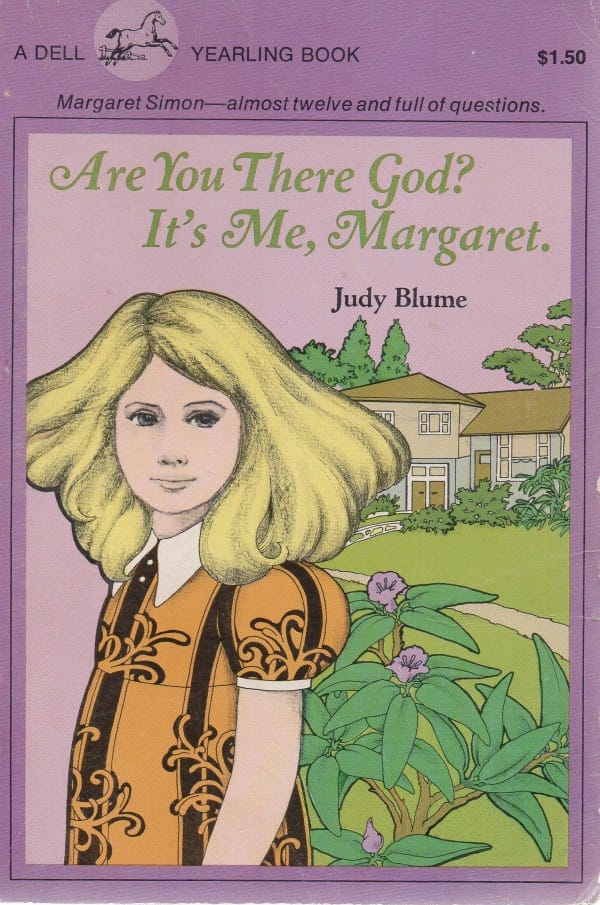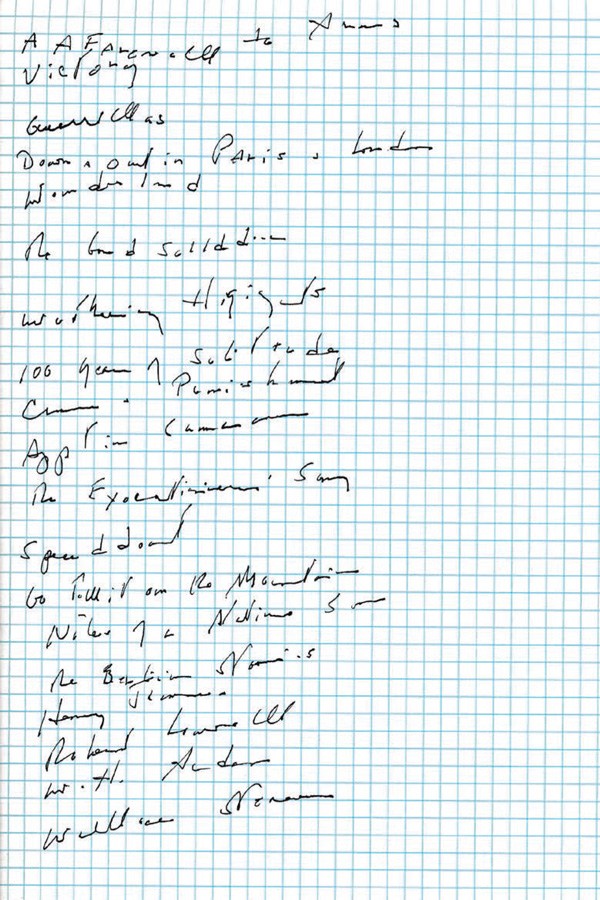Tim Minchin isn’t much of a role model in the hair brushing department, but in every other way the prolific comedian/actor/writer/musician/director inspires.
He’s unabashedly enthusiastic about science, a lifelong learner who’s a strong believer in the power of exercise, travel, and thank you notes….
He uses his stardom and talent for penning controversial lyrics to raise awareness and money for such causes as the UK’s National Autistic Society and a local charity formed to send adults who, as children, were sexually abused by Catholic clergy, to Rome.
His creative output is prodigious.
And he’s one helluva commencement speaker.
In 2013, his alma mater, the University of Western Australia, awarded him an Honorary Degree of Doctor of Letters and invited him to address the graduating class.
The speaker insisted up front that an “inflated sense of self importance” born of addressing large crowds was the only thing that positioned him to give such an address, then went on to share a funny 9‑point guide to life that stressed the importance of gratitude, education, intellectual rigor, and kindness toward others.
If you haven’t the time to watch the entire 12-minute speech, above, be sure to circle back later. His advice is hilarious, heartwarming, and memorable.
In extrapolating the essence of each of his nine “life lessons” below, we discovered many bonus lessons contained therein (one of which we include below.)
Tim Minchin’s 9 Rules To Live By
- You don’t have to have a dream. Be micro-ambitious and see what happens as you pursue short-term goals…
- Rather than chasing happiness for yourself, keep busy and aim to make someone else happy.
- Remember that we are lucky to be here, and that most of us — especially those of us with a college education, or those actively seeking to educate themselves to a similar degree—will achieve a level of wealth that “most humans throughout history could not have dreamed of.”
- Exercise. Among other things, it helps combat depression.
- Identify your biases, prejudices, and privileges and do not exempt your own beliefs and opinions from intellectual rigor.
- Be a teacher! Swell the ranks of this noble profession.
- Define yourself by what you love, rather than what you despise, and lavish praise on the people and things that move you.
- Respect those with less power than yourself, and be wary of those who do not.
- Don’t be in a rush to succeed. It might come at a cost.
BONUS. Uphold the notion that art and science are not an either/or choice, but rather compliment each other. “If you need proof—Twain, Douglas Adams, Vonnegut, McEwan, Sagan and Shakespeare, Dickens for a start. …The arts and sciences need to work together to improve how knowledge is communicated. “
Read the full transcript of Minchin’s commencement speech here.
Related Content:
NPR Launches Database of Best Commencement Speeches Ever
David Lynch Gives Unconventional Advice to Graduates in an Unusual Commencement Address
Jon Stewart’s William & Mary Commencement Address: The Entire World is an Elective
Ayun Halliday is an author, illustrator, theater maker and Chief Primatologist of the East Village Inky zine. Follow her @AyunHalliday.



